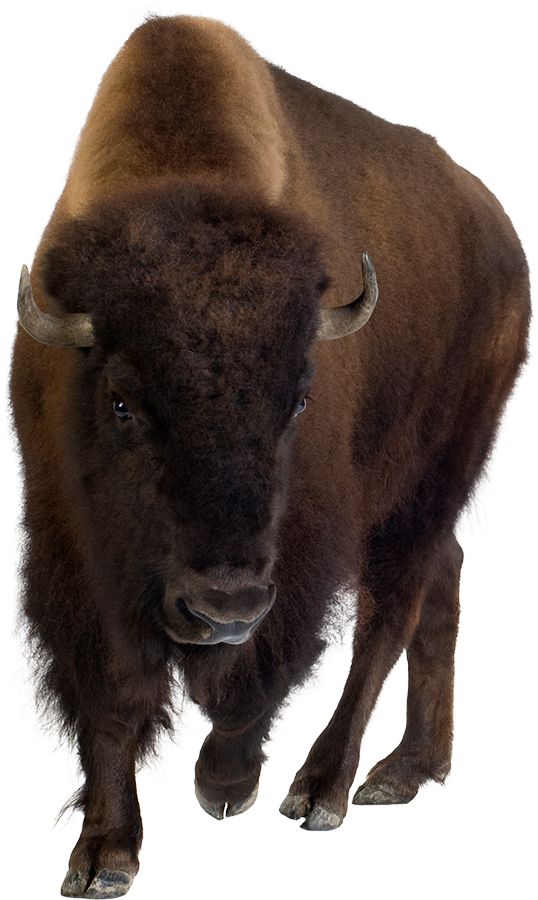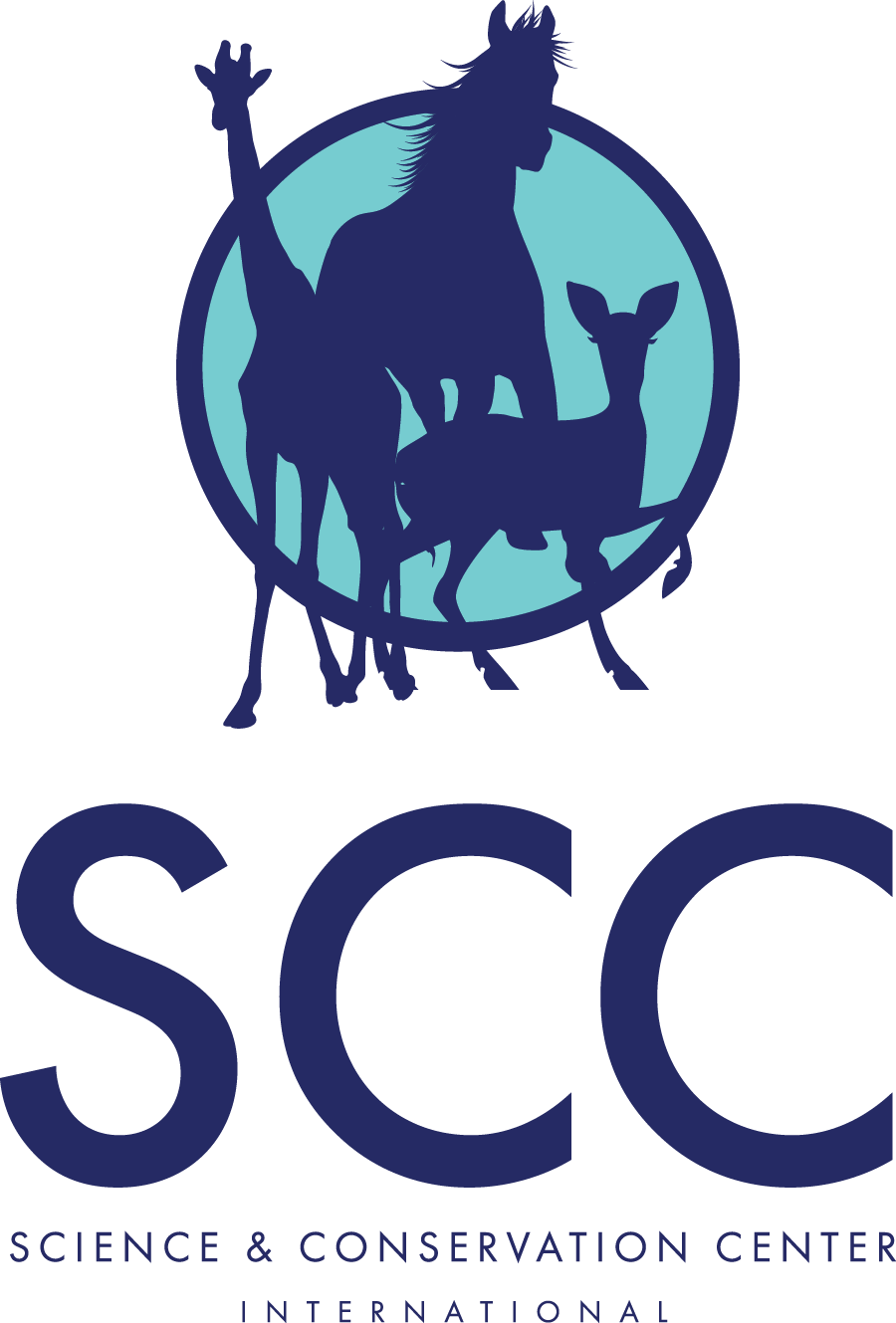Since 1998, the Science and Conservation Center has been the world’s leader in the research and development of wildlife contraceptives and methods of application as an alternative to lethal wildlife control methods.
Dr. Jay Kirkpatrick, Ph.D.: Thought Leader and Visionary
In 1971, officials from the Bureau of Land Management (BLM) asked Dr. Jay Kirkpatrick whether wild horses could be prevented from reproducing. A critic of what he viewed as a brutal program of wild horse roundups, Dr. Kirkpatrick became a staunch advocate for developing a humane method for wildlife population control.
Dr. Kirkpatrick along with Dr. John Turner are credited with developing the porcine zona pellucida (PZP) immunocontraceptive vaccine which has been successfully used to control wildlife fertility in a wide range of wildlife including zoo animals.
Today, researchers at the Science and Conservation Center continue to advance the work started by Dr. Kirkpatrick through expanded wildlife fertility control studies and by collaborating with zoos and other wildlife management groups around the world. The SCC is also committed to educating wildlife management groups and diverse stakeholders about the importance of humane wildlife fertility control.
To receive email updates, SCC quarterly newsletters and Annual Reports, please complete this form:

Location: United States
Population: 20,500 Plains bison in conservation herds and an additional 420,000 in commercial herds.
Bison are North America’s largest land mammal. Often referred to as buffalo, bison can weigh up to 2,000 pounds (900 kilograms) and stand around 6 feet (1.8 meters) tall at the shoulder. Despite their massive size, bison are surprisingly agile and can reach speeds of up to 35 miles per hour (56 kilometers per hour) when running. These iconic creatures once roamed the continent in enormous herds, playing a crucial role in shaping the landscapes they inhabited. Conservation efforts have helped to protect and preserve bison populations, allowing them to persist as a symbol of North American wildlife.


The Science and Conservation Center is an independent non-profit organization dedicated to the development of humane wildlife contraceptives and methods of application. Our research supports the transition to safe, humane, and publicly acceptable wildlife management paradigms that are beginning to replace human-imposed lethal methods.
Your financial contribution helps support this endeavor.